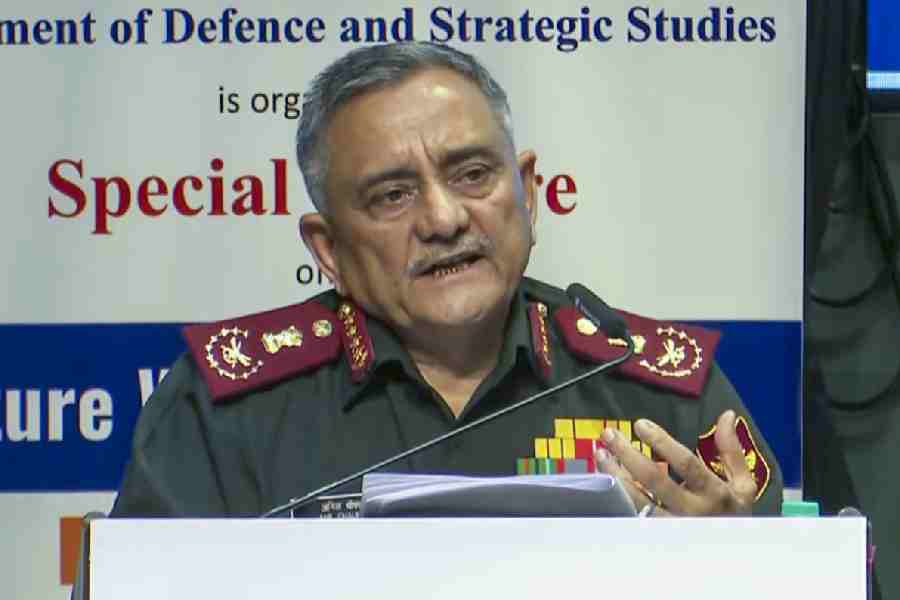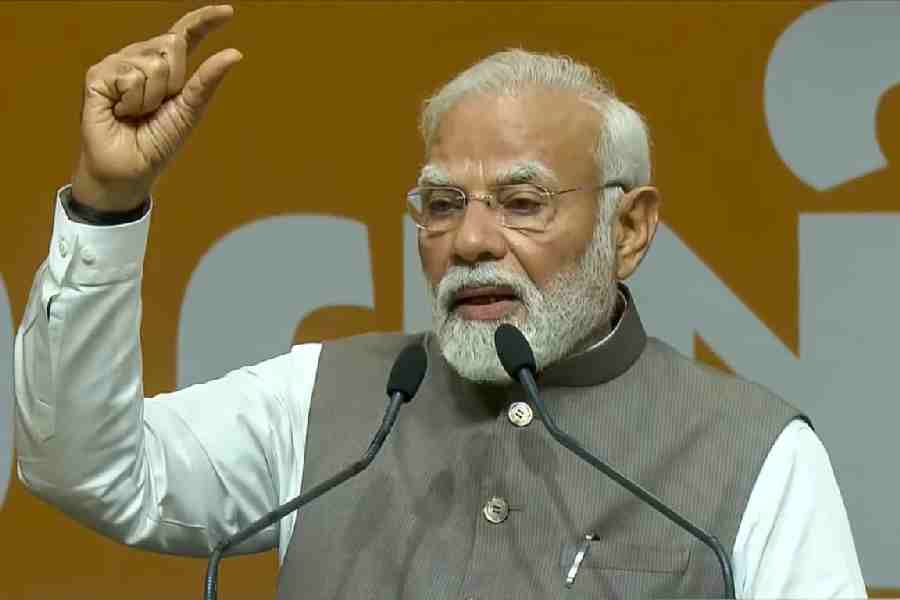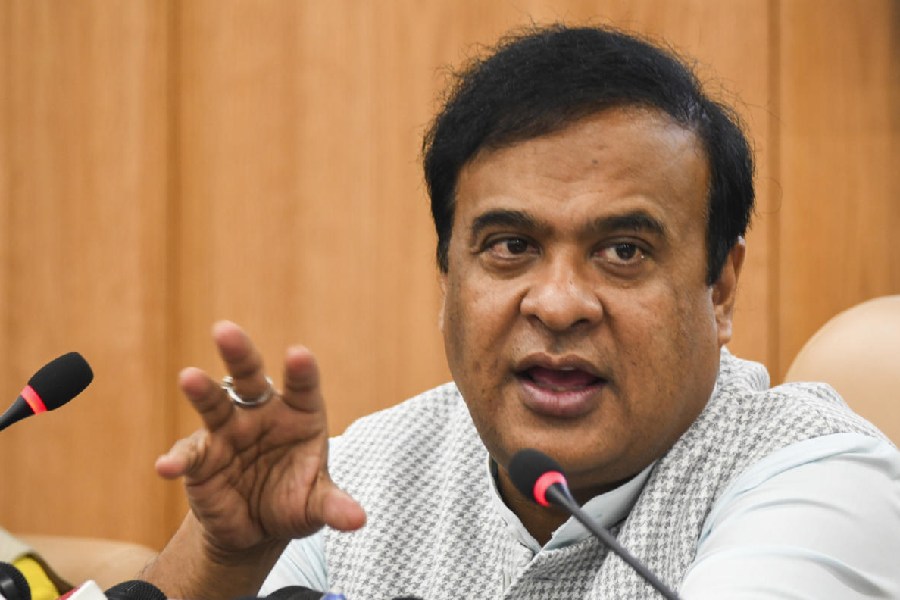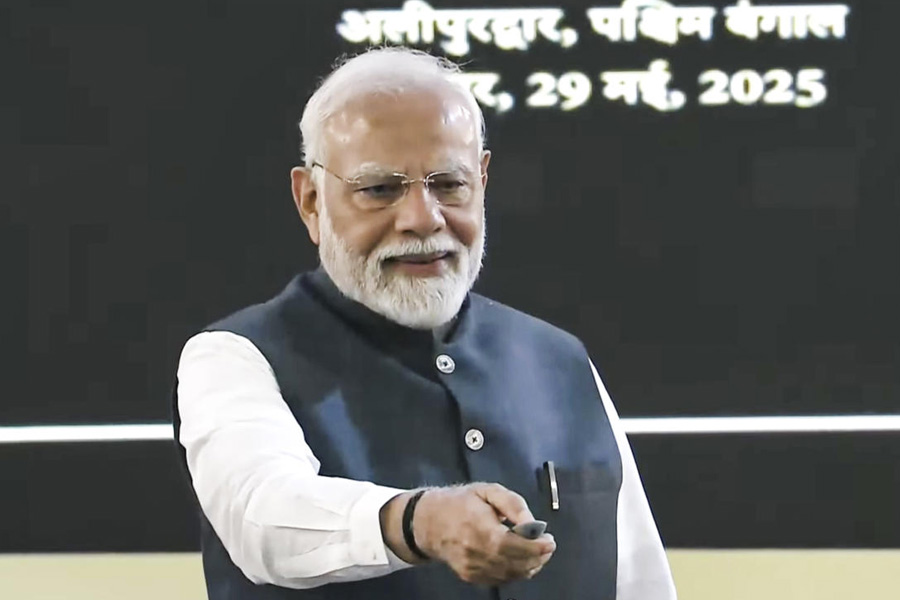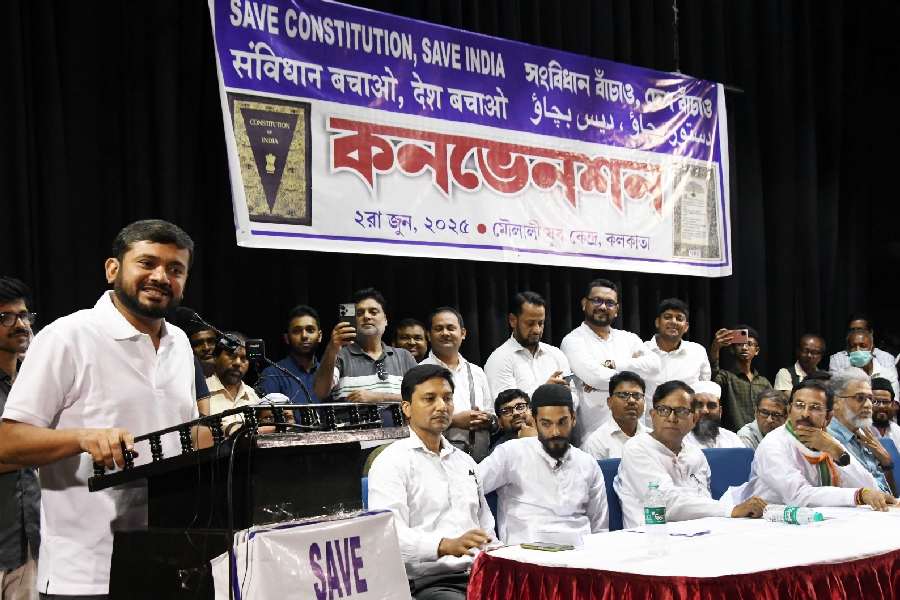We have moved from the age of industrial revolution to that of knowledge and information technology. Just as the industrial revolution had ushered in an age of prosperity and improved the quality of life, the age of information is expected to bring a lot of benefits to humankind. A nation's ability to convert knowledge into wealth and social good through the process of innovation is going to determine its future.
But for the information technology revolution to become a reality, it is imperative that people become literate. The growth of literacy has had a very positive effect on the application of technology, on productivity and the growth of the gross domestic product in some Latin American and African countries. Unfortunately, almost half of India is illiterate. In this era of information, the price that a developing nation has to pay for this in terms of learning, technology and human resources development can well be imagined.
Even more galling is the fact that while India has a literacy rate of about 52 per cent, countries like South Korea, Phillipines, Thailand, Sri Lanka and Vietnam have rates of more than 90 per cent. India cannot even dream of an industrial and technological surge if close to 400 million Indians remain outside the ambit of literacy. It was only in 1991 that the number of literates in India exceeded the number of illiterates for the first time.
Ironically, the country today boasts of the second largest English speaking pool of manpower in the world and produces 70,000 computer professionals every year. India has the best computer brains in the world and many Indians are doing remarkably well in the Silicon Valley of the United States and in other countries. According to a World Bank survey, India has been identified by 82 per cent US companies as their top destination for software outsourcing. In India itself there is a deluge of dotcom and other information and communication companies.
Unfortunately, not even one per cent of the population is making use of the benefits of this revolution directly. The simple theory of market dynamics suggests that the information technology industry cannot sustain this handicap of the market. After all, who are going to be the consumers of the products of the knowledge revolution? People who cannot read and write cannot be expected to click the mouse to gain knowledge. The nation cannot afford to ignore this reality.
The knowledge revolution can be said to be the latest addition to the process of modernization, which can be described as a continuous way by which individuals change from the traditional way of life to a more complex, technologically advanced one. Literacy aids in the modernization process by opening up new vistas, creating new aspirations and making people confident, innovative and knowledgeable. It frees the individual mind from narrow constraints. Thus without literacy, the modernization process ca- nnot go on and, it goes without saying, the knowledge revolution will be ineffective.
For almost five decades the government of India has borne the enormous burden of trying to bring literacy to the masses. To be fair, one has to say that a great deal has been achieved, though it cannot be termed as sufficient. Since 1951, there has been consistent improvement in the literacy percentage which has jumped from 18.33 per cent in 1951 to 52.21 per cent in 1991.
From 1959 to 1977, various sporadic and uncoordinated efforts were made to spread literacy in India. These include Gram Shikshan Mohim in Maharashtra, farmers' functional literacy projects during the era of the green revolution and programmes for workers' education and non-formal education for youth.
The first nationwide and concerted attempt at the eradication of illiteracy was made through the national adult education programme in 1978. Thereafter, the national literacy mission took over the national adult education programme in 1988. This mission was started with the objective of imparting functional literacy to 100 million illiterates in the age group of 15 to 35 by the year 1999 and achieving full literacy by the year 2005. Literacy implied self-reliance, awareness of the causes of deprivation, improvement of skills and imbibing values to promote national integration, conservation of the environment, women's equality and the small family norm.
The national literacy mission followed the 'centre based approach' as was done in the case of the adult education programme. This approach consisted of one literacy project for 300, 200 or 100 centres. Each centre run by one paid instructor was to cater to 30 learners.
This approach failed because of the following reasons. Community involvement was lacking. In fact, the entire implementation mechanism was centralized, hierarchical and bureaucratic. Political and administrative support of the state governments and panchayati raj institutions were not forthcoming. The quality of training was poor. The instructor acted more like a nitpicking teacher than an individual dedicated to his work.
There was no provision for continuing with the education programmes. Hence the rate of lapse into illiteracy was very high. There was unsatisfactory substandard teaching material. The monitoring system was not credible. It took inordinately long to make a person literate which implies that concerted effort was lacking. The cost per learner was very high. There was a massive misuse of funds by various voluntary agencies many of which existed only on paper.
In view of the deficiencies observed in the centre-based approach, a 'mass campaign' approach was adopted by the national literacy mission. This approach has already done wonders in Ernakulam district of Kerala. Ernakulam was declared the first fully literate district of the country in 1990. This experiment replicated elsewhere also proved to be largely successful.
During the early years of the national literacy mission, only the districts with somewhat high literacy rates were targeted, whereas the real problem of illiteracy lay in the low literacy rate districts in the northern belt of the country, especially in Bihar, Madhya Pradesh, Rajasthan and Uttar Pradesh. These states, together with Andhra Pradesh, Maharashtra and West Bengal constitute the majority of illiterates in India. Between 1990 and 1993, only 33 projects out of a total number of 138 planned projects were sanctioned to the four major Hindi speaking states. But once again, the campaigns were pushed in the high literacy districts.
It was only from the year 1993, that the trend really shifted from high literacy rate districts to the low literacy rate Hindi speaking districts. In such districts the voluntary work was carried out by various organizations like the Zilla Saksharata Samiti which consisted of social activists, government officials, women activists, representatives of the panchayat samitis, district boards, teachers and other leading members of the community.
Post-literacy efforts and the continuation of education plans have been an evolving strategy. Each project has to take into account the specificity of the district, achievement levels of learners in the literacy phase, learners' needs and aspirations, keeping in view their social and living conditions as well as resources which are available and can be mobilized for the project. Out of a total of 600 districts in the country, 448 districts have been covered under literacy campaigns. Around 234 districts have entered the post-literacy phase and 60 have entered the next phase where the education drive is continued.
Different evaluation studies have revealed that the majority of participants are women. The demand for primary education and the enrolment of children in primary schools have been noticed in many districts. Social cohesion and communal harmony have improved in those districts where these campaigns have taken place. A large number of these efforts have also involved the participation of government servants particularly of the revenue, development and education departments. About a decade of concerted effort by the national literacy mission has yielded good results on the front of literacy. However the achievement of full literacy by the year 2005 seems a distant dream.
A strong political commitment to the concept of literacy and education is necessary for all sections of the society. The education and mobilization of women - and their empowerment - may provide the key to the basic changes in attitudes, as well as social relationships, and may usher in a transformation of the Indian society into a steadily progressive one. The implementation of the 73rd and 74th constitutional amendments is likely to aid such mobilization.
The government must devote more resources on education. It has assured time and again that six per cent of the gross domestic product would be invested in this sector. It should utilize the benefits reaped from the information technology revolution to usher in the literacy revolution in India since one cannot exist without the other.
 Tuesday, 03 June 2025
Tuesday, 03 June 2025

